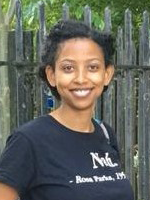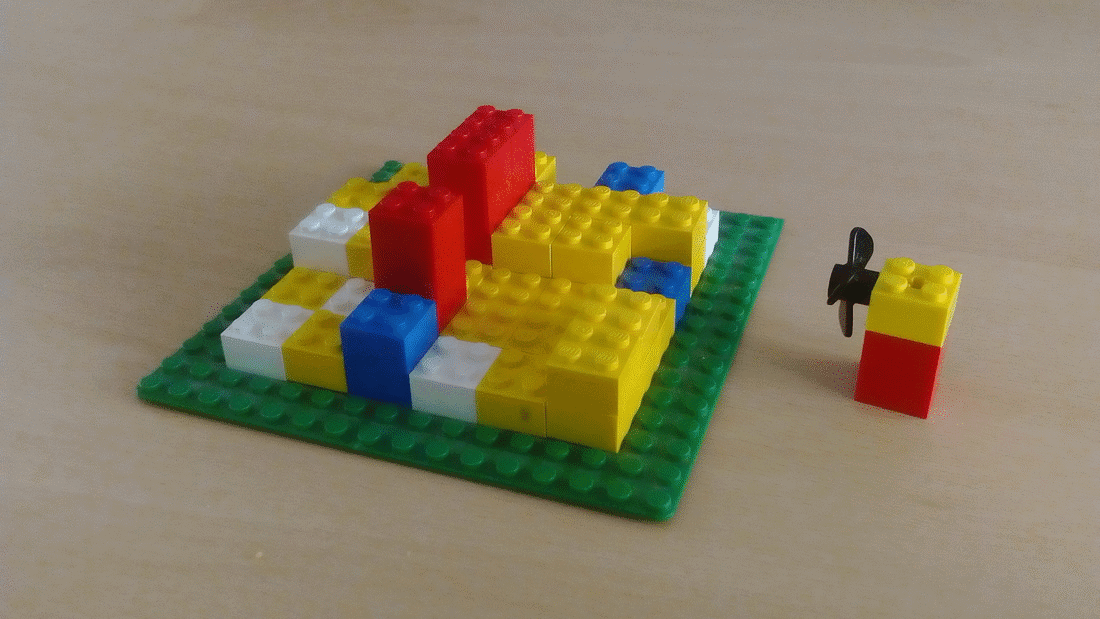This is the second of five blog posts for British Science Week in which we address who we are, what we do and some of the challenges we face in using science to help understand, manage and conserve heritage.
Today’s challenge is uniqueness. Every heritage object or site is unique and has its own particular history, characteristics and meanings for the people who value it. For example, the rock-hewn churches at Lalibela in Ethiopia that Blen Taye Gemeda studies vary hugely in architectural style, size and location. This causes some challenges for scientists who are used to developing general explanations and theories that might apply everywhere else. Sciences such as physics are based on numerous laws like the laws of thermodynamics or the law of gravity. But how can general scientific theories be applied to address the problems facing unique heritage objects or sites? As shown below, we visualise the situation as a spectrum with general scientific theories at one end and unique heritage sites at the other. Both learn from each other in different ways, and good scientific research with excellent practical applications can be carried out at many points along the spectrum.

Confronting uniqueness: Blen Taye Gemeda
 Blen Taye Gemeda
Blen Taye Gemeda
Doctoral student in OxRBL
She trained in architecture, urban planning, archaeology and conservation in Ethiopia, Portugal and Italy.
She now works at Lalibela in Ethiopia and in OxRBL’s lab.
Blen’s research aims to better understand the deterioration of the amazing rock-hewn churches at Lalibela to help conserve them for current and future worshippers who use the site. While each church is distinctive, Blen’s fieldwork on monitoring the environmental conditions at different churches is helping her understand what causes the deterioration and why some churches are experiencing more serious problems than others. Her research sits towards the ‘unique heritage site’ end of the spectrum. She has made several visits to Lalibela and collected a vast array of data there.

Lalibela (marked), Ethiopia

Bet Giyorgis, Lalibela, Ethiopa (CC BY-SA 2.5 2011)
Modelling environmental interactions: Jenny and her cellular automata
Jenny Richards
Doctoral student in OxRBL
She studied geography as an undergraduate in Oxford and then carried out an internship at the University of Adelaide, Australia, focusing on water quality monitoring.
She now works on modelling the deterioration of earthen heritage sites in NW China.
Jenny’s research sits towards the ‘general science theory’ end of the spectrum. She spends a lot of time on her computer, developing, testing and running a model which simulates the interactions between sand, wind, vegetation and earthen heritage sites. In the desert environments Jenny works on plant growth is highly influenced by wind-blown sand and, in turn, plants affect sand transport by wind. Plants growing in front of walls can protect them from wind and sand. Using her model (ViSTA-HD), Jenny is able to run lots of simulations that allow her to test various hypotheses about whether plants could help conserve earthen heritage sites such as Suoyang in NW China. Although she has visited Suoyang and done some fieldwork there, the bulk of her work is model-based.
